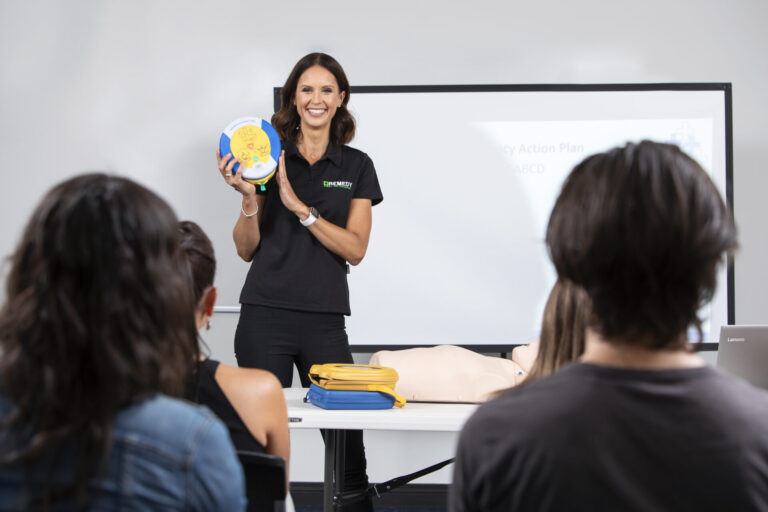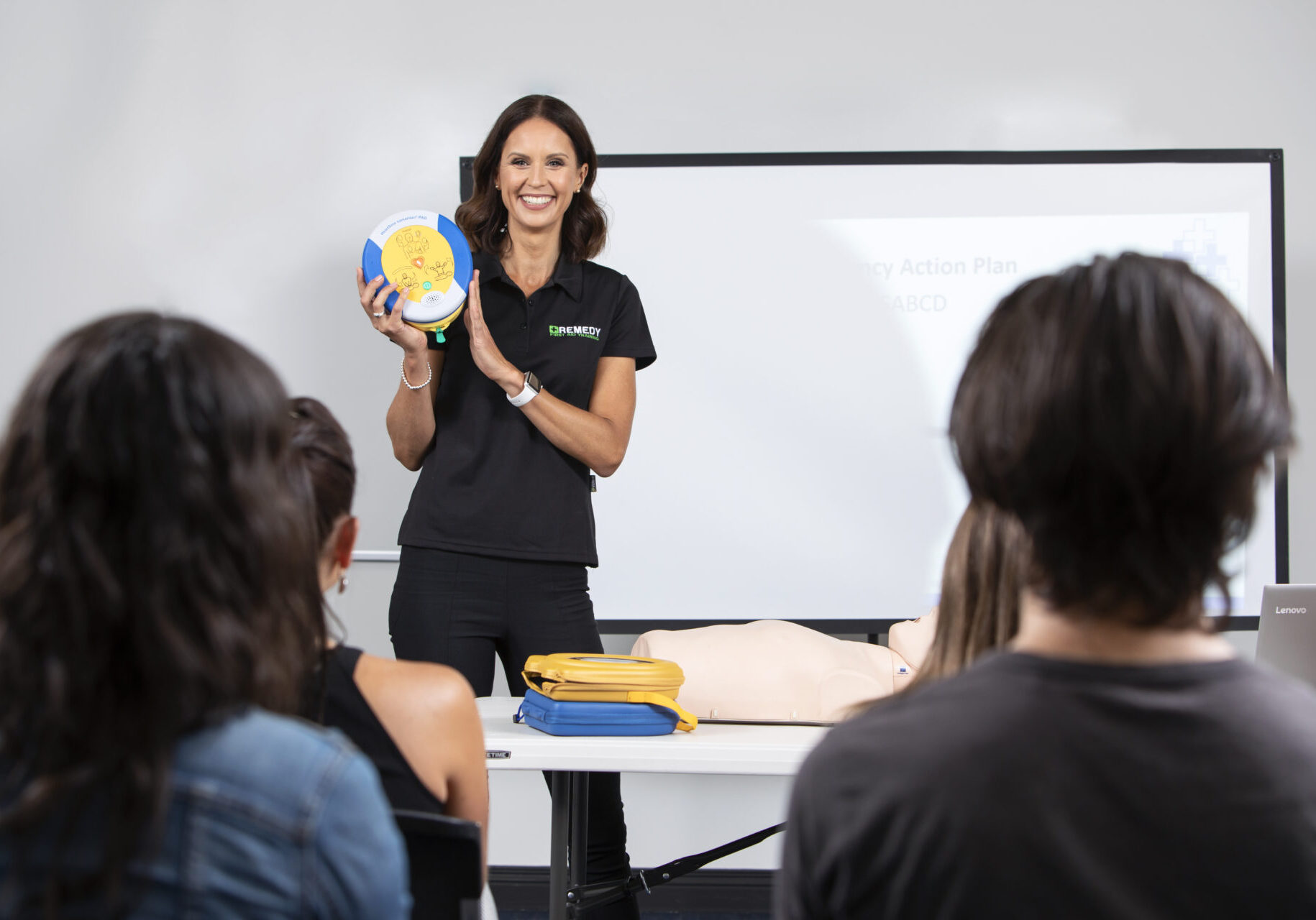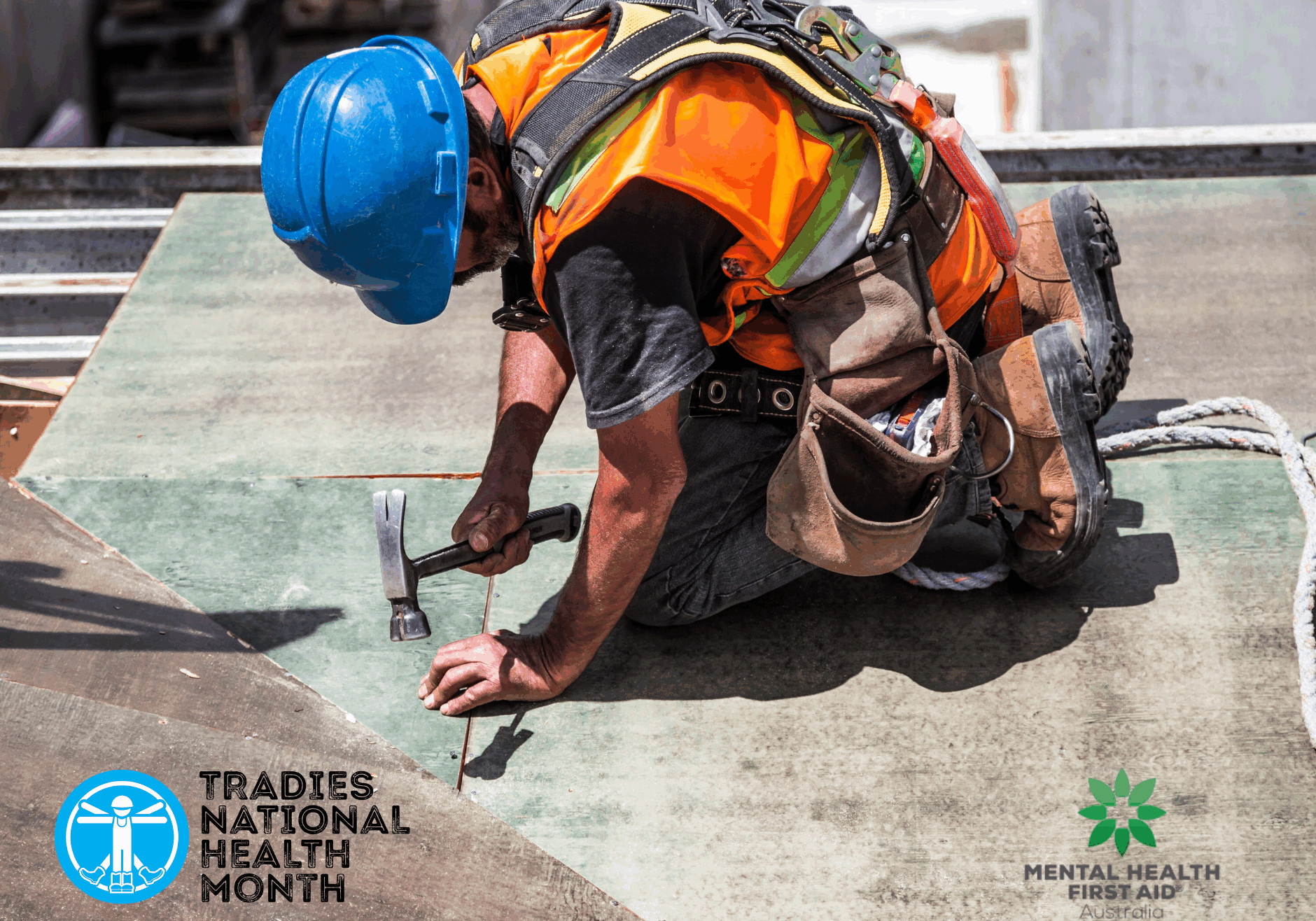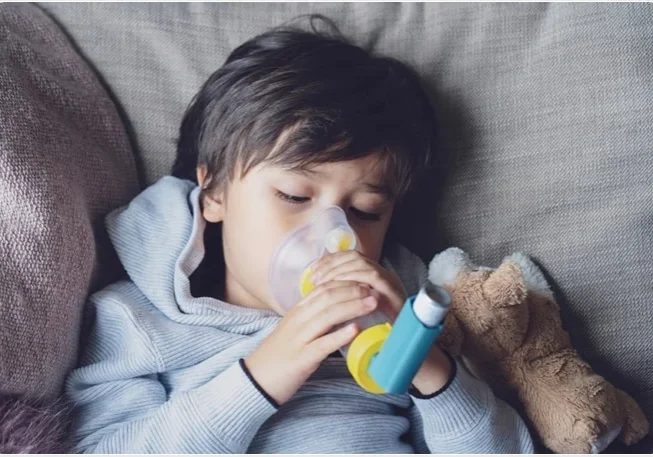Be Ready to Restart a Heart – Your Quick Guide to CPR and AED Use
Every year, around 26,000 Australians experience a sudden cardiac arrest outside of hospital – that’s almost 70 people every day. It can happen to anyone, anywhere, anytime.
And here’s the part that surprises most people: around 80% of cardiac arrests happen at home. That means the person who needs help could be a partner, a parent, a friend – or you.
This Restart a Heart Day, we’re sharing what everyone should know about cardiac arrest -and how you can take action that might one day save a life.
What is a cardiac arrest?
A cardiac arrest happens when the heart suddenly stops beating effectively, preventing blood from circulating to the brain and vital organs. It’s not the same as a heart attack – which occurs when blood flow to the heart is blocked – but a heart attack can lead to cardiac arrest.
When someone goes into cardiac arrest, they:
- Collapse suddenly
- Are unresponsive
- Are not breathing normally (or at all)
Immediate CPR and early defibrillation are the only things that can restart the heart.
Why every minute matters
When cardiac arrest occurs, every minute counts. For each minute without CPR or defibrillation, the chance of survival drops by about 10%.
However, when a bystander starts CPR and an AED (defibrillator) is used quickly, survival rates can double or even triple. In Victoria, bystander CPR now occurs in nearly 80% of witnessed cardiac arrests, with survival rates among the best in the world. But across Australia, there’s still more work to do – especially in homes and workplaces where AEDs aren’t always available.
Recognising the signs of cardiac arrest
A person in cardiac arrest:
- Suddenly collapses
- Is unresponsive when you talk or touch them
- Is not breathing normally
If you see these signs, act fast. You won’t cause harm by trying to help, but doing nothing could be fatal.
Your Emergency Action Plan: DRSABCD
The DRSABCD Emergency Action Plan is the nationally recognised approach for responding to a medical emergency in Australia. Learning these steps can help you stay calm and act confidently until professional help arrives.
- D – Danger
Check for danger to yourself, the casualty, and others. Make sure the area is safe before you approach. Remove or clear dangers if you can do so safely. - R – Response
Check for a response using the talk and touch method. In a clear voice, ask simple questions – “Are you okay?” “Can you hear me?” – and gently squeeze their hand or shoulders. - S – Send for help
If there’s no response, call 000 immediately (or ask someone nearby to do it). Use speakerphone so you can follow instructions and continue to assist the casualty. - A – Airway
Check, clear (if necessary), and open the airway. Open the mouth and remove any visible obstruction. Tilt the head back and lift the chin. - B – Breathing
Look, listen, and feel for breathing for no more than 10 seconds.
If they’re not breathing normally, start CPR immediately. If they are breathing, place them in the recovery position. - C – CPR
Place your hands in the centre of the chest and push hard and fast – about 5 cm deep, at a rate of 100–120 compressions per minute. Give 30 compressions followed by 2 breaths. Continue until help arrives or the person starts breathing. - D – Defibrillation
If an AED is available, turn it on and follow the voice prompts. The AED will analyse the heart rhythm and only deliver a shock if needed. Keep following the prompts until emergency services take over
Download your free DRSABCD Action Plan
Want a quick reference to keep at home, work, or in your First Aid kit?
Download our Free DRSABCD Emergency Action Plan Guide — a simple printable reminder of what to do in an emergency. It’s designed to help you stay calm, confident, and ready to act when every second counts.
Common CPR and AED myths
- “I might hurt them if I do CPR.”
You can’t make things worse – if someone isn’t breathing, they’re already in a life-threatening state. Broken ribs are common and not a reason to stop. - “I can’t use an AED, I’m not trained.”
AEDs are designed for anyone to use. They give clear voice instructions and will only deliver a shock if necessary. - “I don’t need to learn CPR – someone else will help.”
Most cardiac arrests happen at home, where you are the first responder. Your actions can make the difference between life and death.
Tip: Not all AEDs are publicly listed, and some are only available during business hours. If your workplace or community has an AED, ensure it’s clearly visible, accessible, and registered so it can be found in an emergency.
How to be prepared for a cardiac arrest or emergency situation
Being prepared isn’t just about compliance – it’s about confidence. When every second counts, simple preparation can make all the difference.
You can:
- Learn CPR through a certified First Aid or CPR course
- Check your First Aid kits are up to date and complete
- Ensure your workplace AED is accessible, maintained, and registered
- Know where your nearest defibrillator is located – at home, work, and in your community
- Get a defibrillator for your workplace or home so you’re ready to respond in those first critical minutes Find out more about defibrillators and workplace options
- Share what you’ve learned with family and colleagues
The more people who know what to do, the safer our communities become.
Take action this Restart a Heart Day
Being prepared could save the life of a colleague, neighbour, or someone you love.
Learn CPR. Know your AED. Be ready to restart a heart.
FAQs
Be Ready to Restart a Heart – Your Quick Guide to CPR and AED Use









